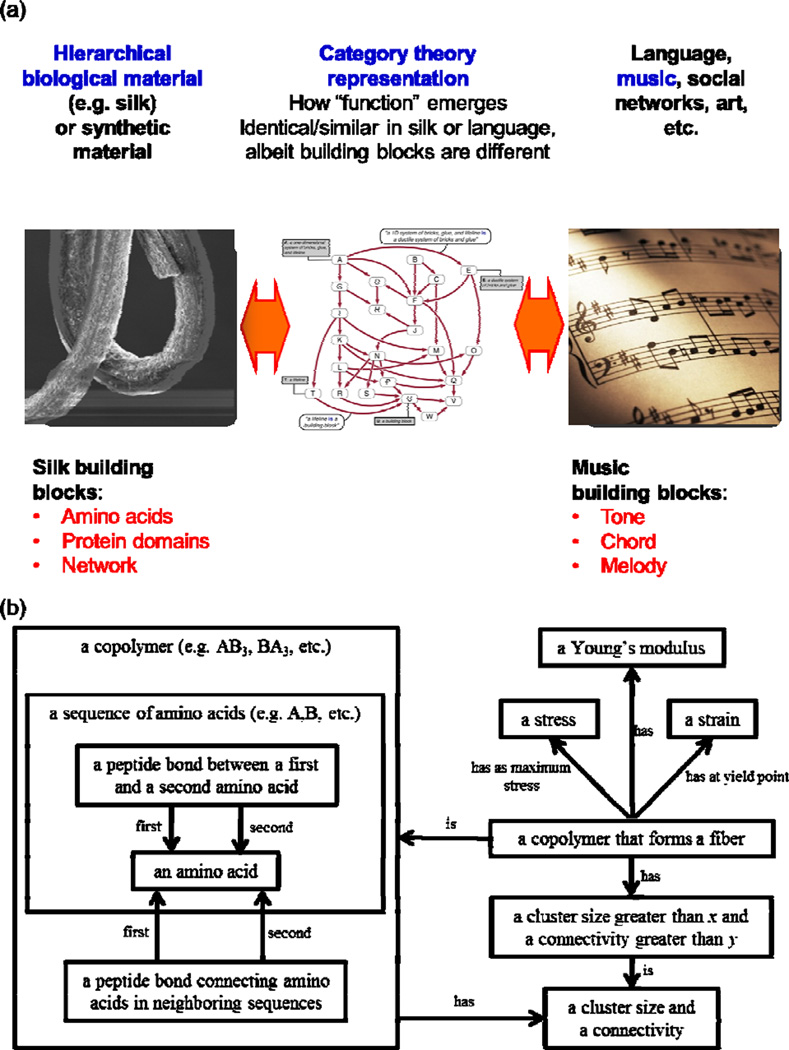Figure 3. Translation from material to music, by categorizing structure-property relationships.
(a), The domains of expression in the silk case are amino acids, protein domains and the resulting network. These expressions are translated to music, where the domains of expression are tones, chords and melodies. The use of category theory helps us to ask the right questions, such as, what would be the critical conditions to achieve a desired functionality in music and materials science, or what would be analogous to fiber formation in a musical piece. (b), Olog for the structural and mechanical properties copolymers that form fibers. This hierarchical material olog builds up copolymers in terms of more basic sequences and based on cluster size (β-sheet crystal size) and connectivity determines their ability to form a fiber. A functorially isomorphic olog could be used to capture similar structural and functional properties in solo musical pieces, as demonstrated in [13].

